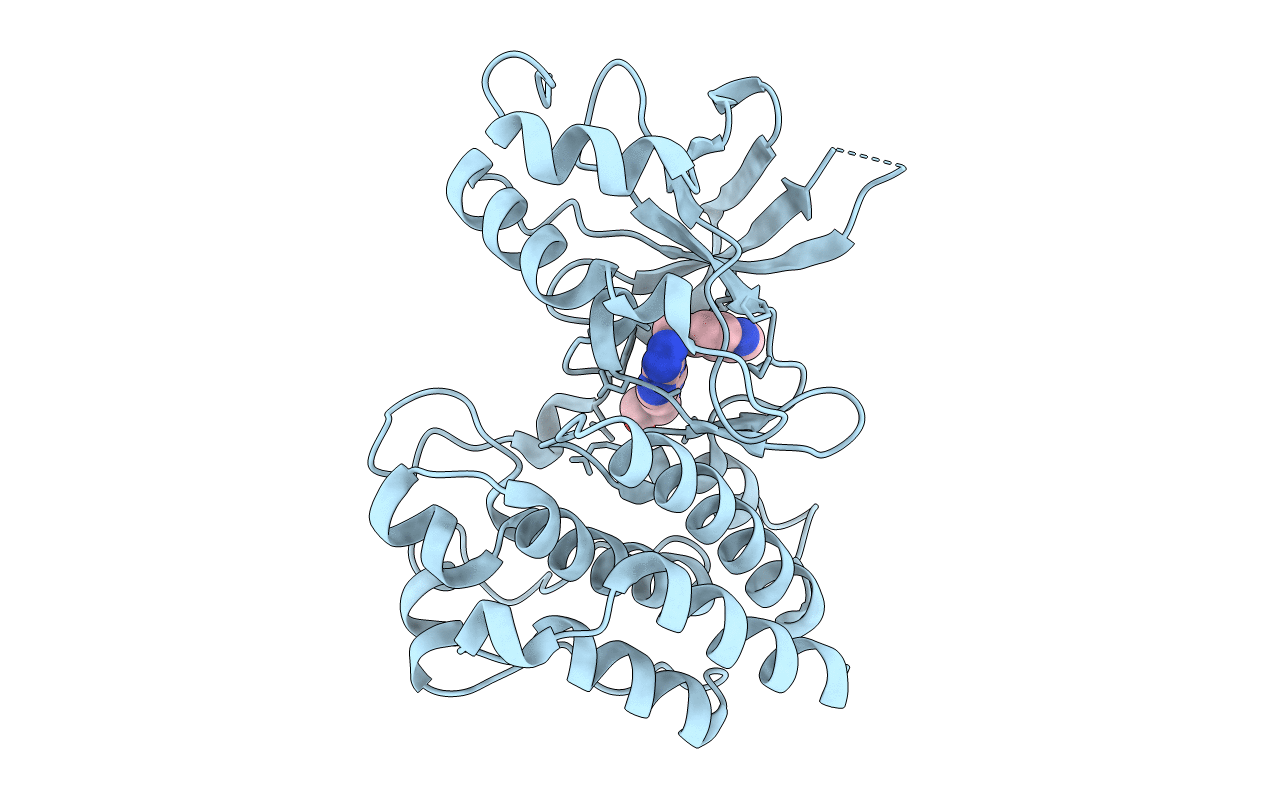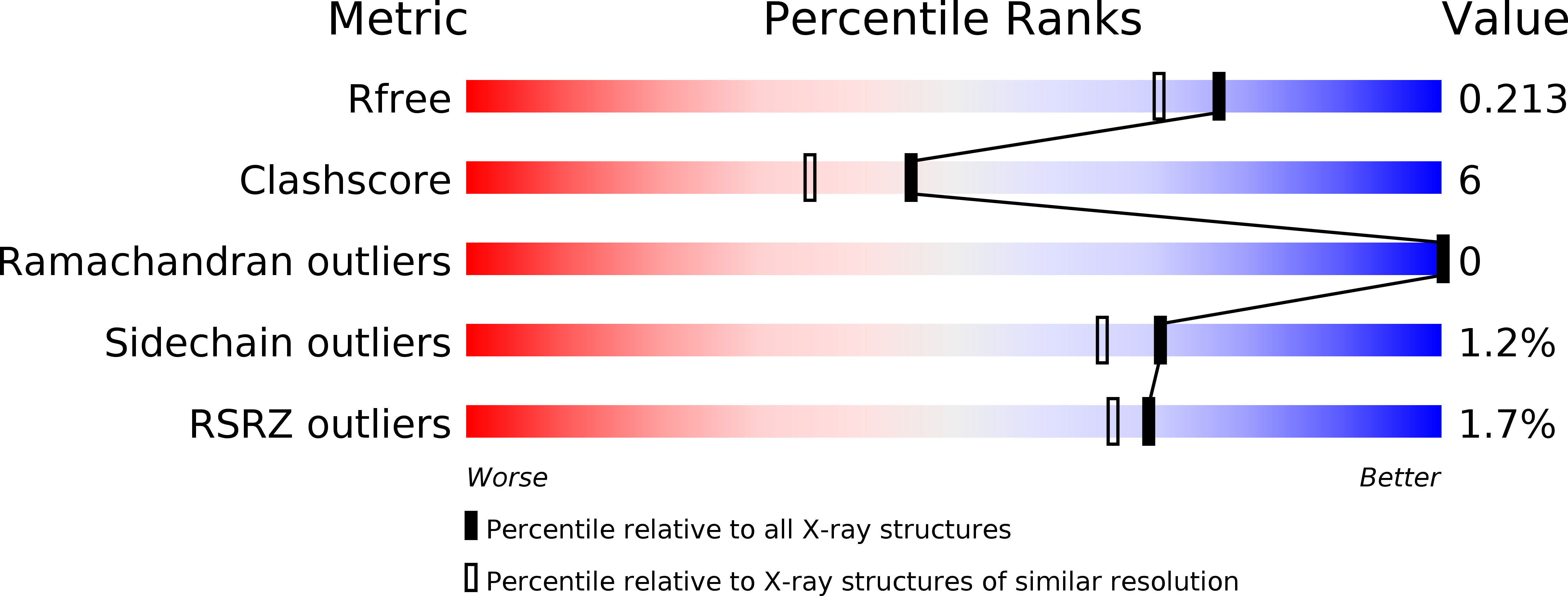
Deposition Date
2011-08-16
Release Date
2011-08-31
Last Version Date
2023-12-20
Entry Detail
PDB ID:
3ZXZ
Keywords:
Title:
X-ray Structure of PF-04217903 bound to the kinase domain of c-Met
Biological Source:
Source Organism:
HOMO SAPIENS (Taxon ID: 9606)
Host Organism:
Method Details:
Experimental Method:
Resolution:
1.80 Å
R-Value Free:
0.22
R-Value Work:
0.18
R-Value Observed:
0.18
Space Group:
P 21 21 2


